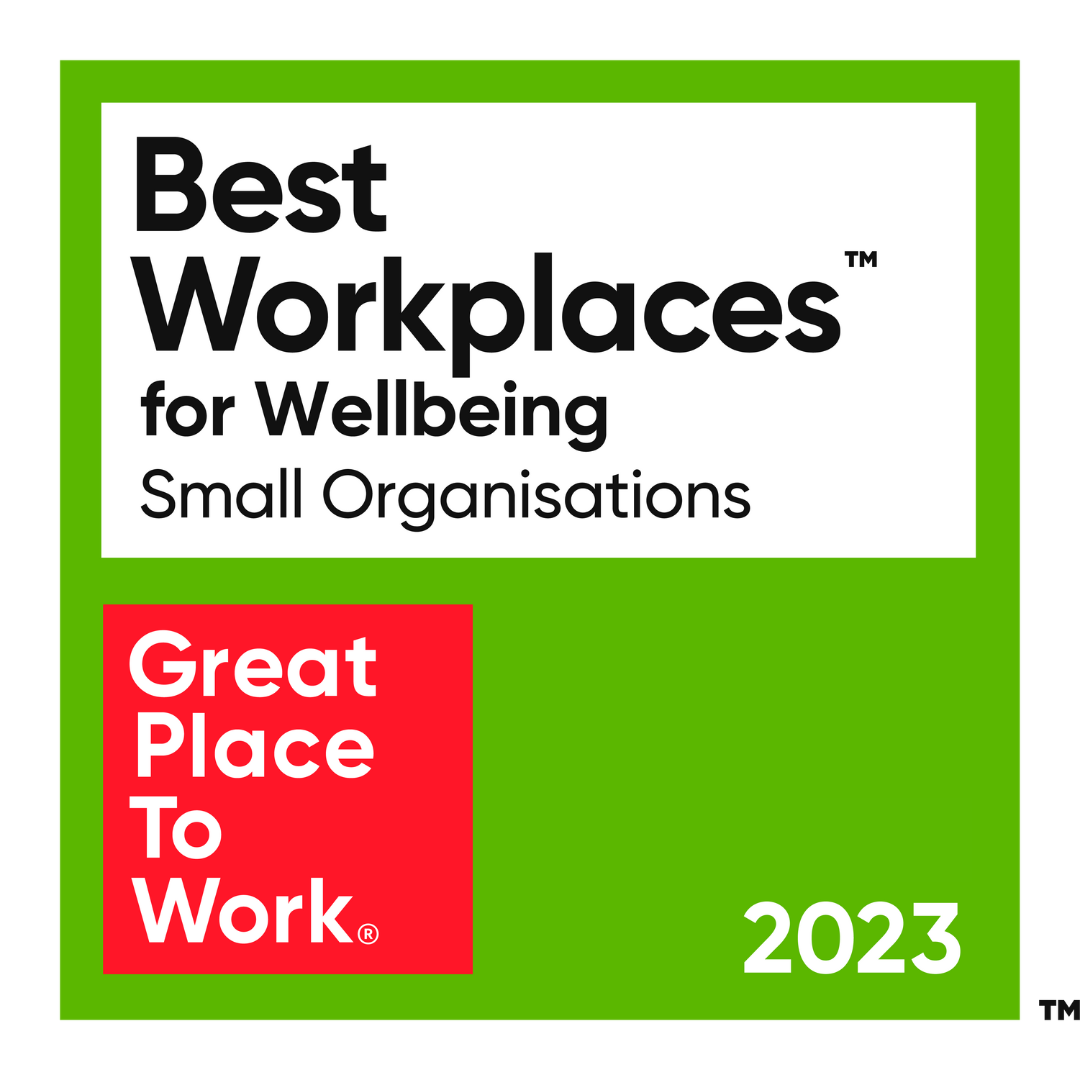On this episode of #MediaSnack we stare into the gigantic dark abyss that is ad fraud.
So often quoted in surveys as the thing that worries marketers the most, it remains a mystery and takes many guises, in fact there are over 30 types of ad fraud identified, so far. We consider the scale of the problem, which is difficult to be very precise, and ask the big question most often troubling marketers; who should actually be accountable for tackling ad fraud?
We’ve seen some companies, most notably P&G, make their unhappiness with ad fraud very clear and very public. Others have taken more conservative and private approaches. This week in fact we've seen a significant milestone in answering the big question. Taxi app Uber filed a claim against their mobile agency Fetch for losses they claim were caused by ad fraud. If that goes to trial it will test in court, in a very public way and based on evidence, the true accountability of ad fraud. In some ways this represents all advertisers versus all agencies. It will be the jury find that get to review the evidence and decide if it is the advertiser or the agency who is responsible for the undeniable impact of fraudulent traffic and results.
In the meantime, we can simply offer our perspective and so on #MediaSnack we look at the three main parties; the marketer, the agency/vendor and the publisher and share what specifically we think they should be doing to help combat the threat and impact of ad fraud.
On this week's Good Week Bad Week we celebrate the appointment of Annette King as CEO of Publicis Groupe UK, having made a rare move from WPP to their French rivals. Meanwhile, its a bad week for Verizon's Oath we think who, after shelling out billions to pull together the collection of tarnished media assets such as Yahoo!, Tumblr and Tech Crunch launched a brand campaign aimed at advertisers which many thought was a spoof ad. It is so painfully cringeworthy it may do more harm than good. In fact, it resembles an (earlier) spoof ad so closely that it seems that Oath may have inadvertently created a spoof of a spoof ad but done so with serious intent. Is that a double negative? Perhaps its the coolest thing ever made and we are wrong...
* Methodology for agency ad fraud content assessment:
The scores were calculated by an ID Comms assessment of agency published information on ad fraud online on their main website address. Each agency researched was scored out of 25 based on ID Comms assessment criteria below. The areas investigated included accessibility of information, volume of resources and quality of resources
5 part assessment criteria as follows, each graded out of 5.
- Is ad fraud mentioned clearly on agency website home page?
- Is an agency POV searchable or easy to find on website?
- What volume of resources are there on ad fraud?
- What are quality of resources on ad fraud?
- Ease of next steps to find out more from agency






COMMENTS